Michael Mueller
Minimising the Carbon Footprint of Workloads
#1about 2 minutes
The growing carbon footprint of the IT industry
The IT sector contributes 4-5% of global carbon emissions, a figure larger than the aviation industry and projected to triple.
#2about 3 minutes
How AI workloads accelerate energy consumption
Both training large models like Llama 3 and running inference for services like OpenAI consume massive amounts of energy, driving up emissions for major tech companies.
#3about 3 minutes
Emerging regulations for data center efficiency
Governments are beginning to regulate data center energy use and grid strain, but a general lack of awareness and transparent data from providers hinders progress.
#4about 5 minutes
Key concepts for sustainable computing
Understanding server energy proportionality, Power Usage Effectiveness (PUE), and the embedded carbon from hardware manufacturing are foundational to reducing IT's environmental impact.
#5about 3 minutes
Practical strategies to reduce workload emissions
Simple but effective measures like eliminating zombie servers, right-sizing instances, using auto-scaling, and adopting ARM CPUs can significantly lower carbon emissions and costs.
#6about 1 minute
Tools for measuring energy and carbon emissions
Open-source tools like Kepler for Kubernetes and Scaphandre for Linux can measure energy consumption, which can then be converted to carbon emissions data.
#7about 2 minutes
Tracking emissions with Software Carbon Intensity (SCI)
The Software Carbon Intensity (SCI) ISO standard provides a formula to create a score for your application, which can be used as an SLO to prevent regressions in your CI/CD pipeline.
#8about 4 minutes
Using carbon awareness to shift workloads
By understanding real-time grid carbon intensity, you can time-shift batch jobs to sunnier hours or region-shift development workloads to greener data centers.
#9about 3 minutes
Case study on optimizing a GKE cluster
An experiment deploying a microservices application on GKE demonstrates that tuning default resource requests and enabling auto-scaling leads to optimal server utilization and lower energy use.
#10about 2 minutes
Green coding and on-premise optimization strategies
For on-premise environments, consolidate workloads to power down unused nodes, and at the software level, focus on profiling to find and fix inefficiencies rather than just changing programming languages.
Related jobs
Jobs that call for the skills explored in this talk.
Matching moments

27:30 MIN
Managing AI's energy consumption with sustainable infrastructure
How to build a sovereign European AI compute infrastructure

09:02 MIN
Examining the hidden environmental costs of the cloud
What can I do about climate change as a developer... and a human being?
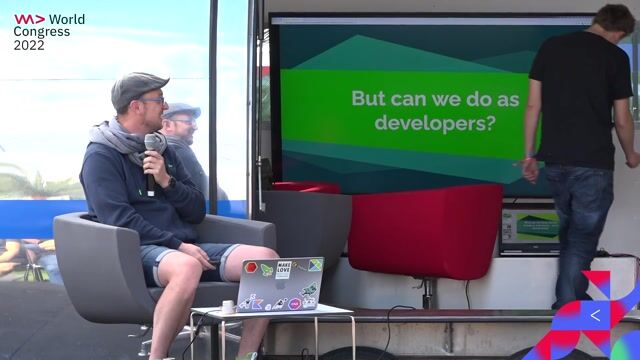
06:29 MIN
Applying the zero waste 5R framework to software
What can I do about climate change as a developer... and a human being?

14:46 MIN
The hidden environmental cost of AI-powered development
Are frameworks like React redundant in an AI world?

06:48 MIN
Principle 3: Leveraging carbon intensity and demand shifting
Green Cloud Computing
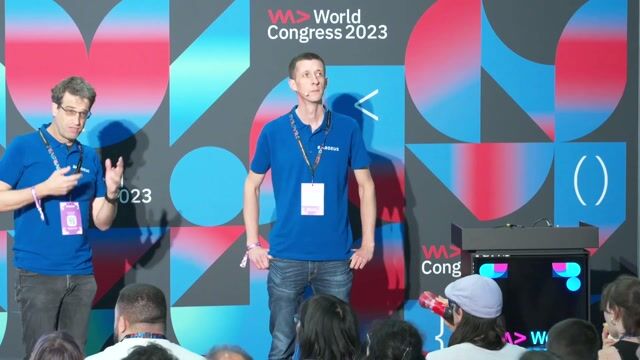
00:32 MIN
The scale and impact of IT's carbon footprint
Introducing Green IT practices to a large Software Company

00:05 MIN
Understanding the principles of green cloud computing
Green Cloud Computing
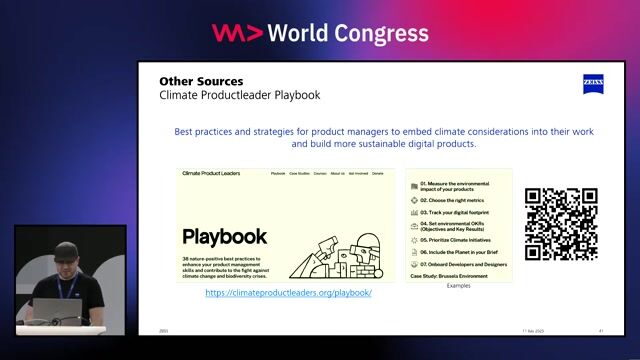
28:19 MIN
The future of software development is resource efficient
A Hitchhiker's Guide to Resource Efficient Software
Featured Partners
Related Videos
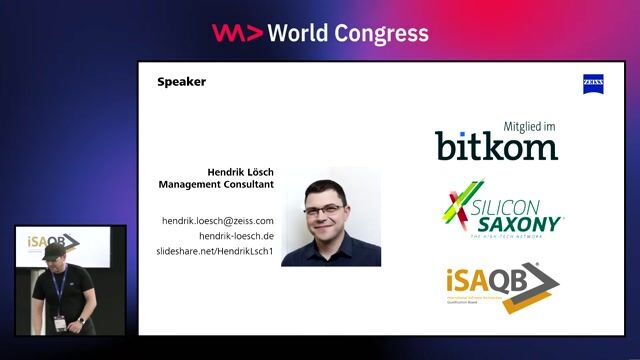 29:30
29:30A Hitchhiker's Guide to Resource Efficient Software
Hendrik Lösch
 29:31
29:31Introducing Green IT practices to a large Software Company
Pierre-Luc Noel & Fritz Reichmann
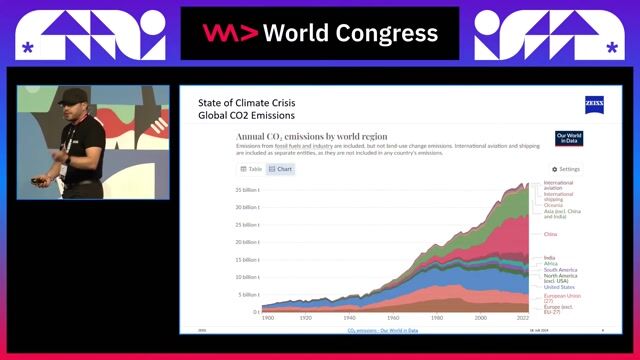 29:07
29:07Times of (climate) crisis - How and why sustainable software is a must!
Hendrik Lösch
 09:23
09:2311 Tips for Greener Code
Kent Simonsen
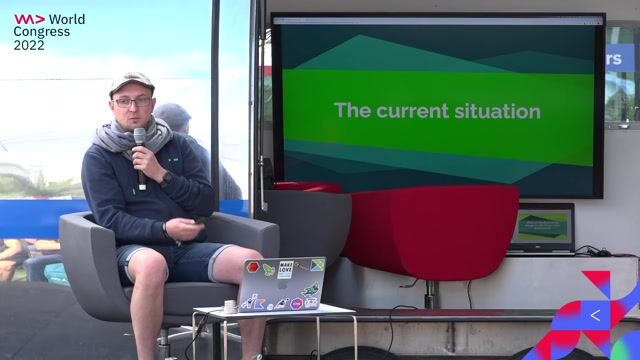 33:01
33:01What can I do about climate change as a developer... and a human being?
Julien Lengrand-Lambert
 30:07
30:07Reducing the carbon footprint of your website
Ines Akrap
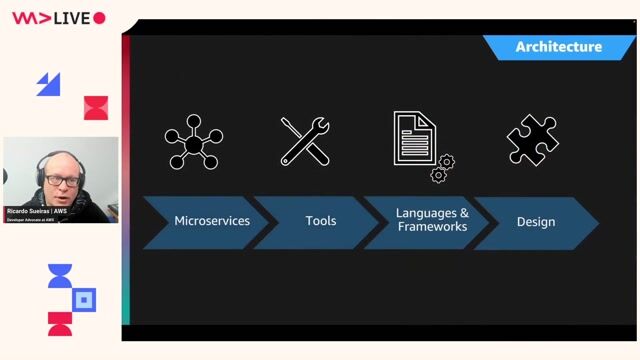 55:18
55:18An Architect’s guide to reducing the carbon footprint of your applications
Ricardo Sueiras Sueiras
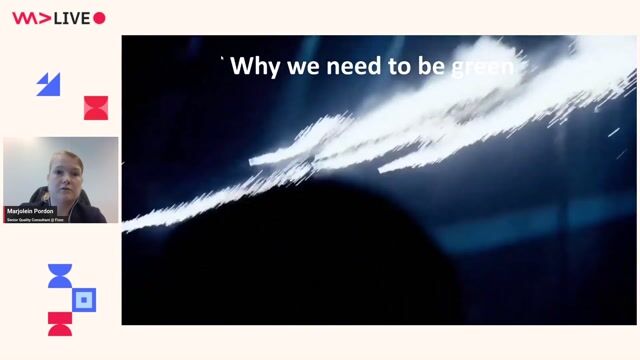 1:02:22
1:02:22It's not easy being green
Marjolein Pordon
From learning to earning
Jobs that call for the skills explored in this talk.

Full Stack Engineer
Climax.eco
Rotterdam, Netherlands
€70-100K
Senior
TypeScript
PostgreSQL
Cloud (AWS/Google/Azure)

DevOps Engineer – Kubernetes & Cloud (m/w/d)
epostbox epb GmbH
Berlin, Germany
Intermediate
Senior
DevOps
Kubernetes
Cloud (AWS/Google/Azure)

DevOps-Engineer für soziale Innovation (m/w/d)
VRG GmbH
Berlin, Germany
Intermediate
Senior
DevOps
Cloud (AWS/Google/Azure)

Senior DevOps Engineer (f/m/x)
Douglas GmbH
Düsseldorf, Germany
Senior
Kubernetes
Cloud (AWS/Google/Azure)

Senior Platform Engineer AI Services (w/m/d)
BWI GmbH
Bonn, Germany
€90-110K
Senior
Python
Gitlab
Kubernetes


DevOps Engineer (f/m/d)
Power Plus Communications
Mannheim, Germany
Intermediate
Senior
GIT
Linux
Docker
Kubernetes

Software Developer with Data Science Expertise in Energy System Modelling
ETH Zürich
€208K
C++
GIT
Python
Software Architecture

Frontend Developer - Manufacturing Sustainability Insights
Autodesk
API
CSS
Python
JavaScript
TypeScript
+2